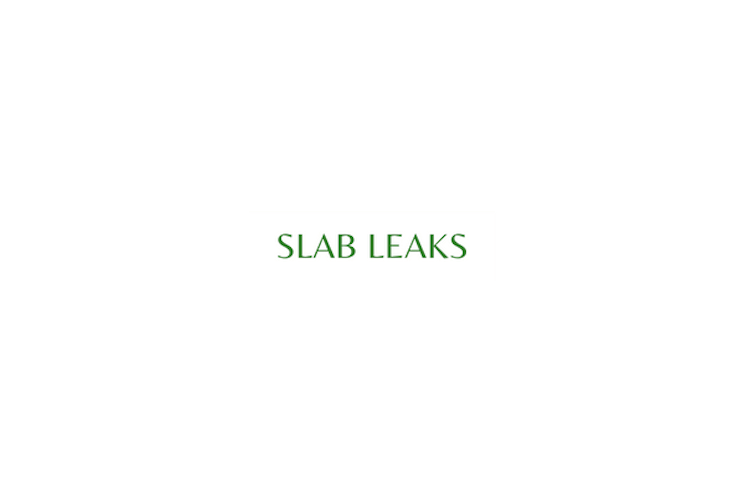
How Would You Know You Have A Plumbing Slab Leak?
A slab leak refers to a water leak that occurs underneath the concrete slab foundation of a building. It can be difficult to detect a plumbing slab leak, but there are some signs you can look out for, including:
• Water bill increase: If your water bill suddenly increases without any apparent reason, it could be a sign of a slab leak
• Sound of running water: If you can hear the sound of running water even when all the faucets and taps are turned off, it could indicate a slab leak.
• Damp spots on the floor: Look for damp or wet spots on the floor, especially near walls or where pipes enter or exit the foundation.
• Cracks in the foundation: Slab leaks can cause the foundation to shift or settle, leading to cracks in the concrete.
• Low water pressure: A slab leak can cause a drop in water pressure, which can affect the flow of water to your fixtures and appliances.
• Musty or moldy odor: If you detect a musty or moldy odor coming from the walls or floors, it could be a sign of water damage caused by a slab leak.
If you suspect that you have a slab leak, it's important to contact a licensed plumber as soon as possible to inspect and repair the problem. A slab leak can cause significant damage to your home or building if left unaddressed.
What Are the Top Ways That Professional Plumbers Fix Slab Leaks?
Slab leaks refer to the leaks that occur in the pipes located underneath the concrete slab of a building's foundation. They can be caused by a variety of factors such as corrosion, shifting soil, and faulty installation. Professional plumbers use several methods to fix slab leaks, some of which include:
• Repiping: This involves replacing the damaged or leaking pipes with new ones. Plumbers may use copper, PVC, or PEX pipes depending on the building's requirements.
• Pipe coating: Plumbers may apply a specialized epoxy coating to the inside of the leaking pipes. The coating forms a new pipe within the existing one and seals any leaks.
• Re-routing: In some cases, it may be easier to reroute the pipes around the damaged section rather than digging up the slab. This method involves creating a new path for the water supply and reconnecting the pipes.
• Pipe bursting: This method involves bursting the old pipes and replacing them with new ones. Plumbers insert a bursting head into the old pipe and pull it through, breaking the old pipe and installing a new one simultaneously.
• Spot repair: This method involves identifying the location of the leak and repairing only that section of the pipe. Plumbers may use a specialized tool to cut out the damaged section and replace it with a new piece.
The method used by plumbers to fix a slab leak will depend on the location and severity of the leak, as well as the building's structure and materials. It's always best to consult with a professional plumber to determine the best solution for your specific situation.







